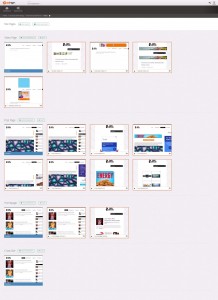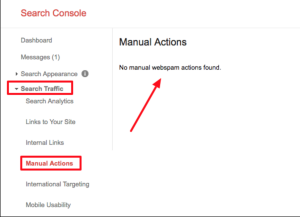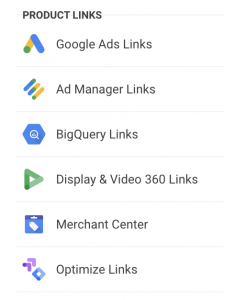Email validation isn’t just for consumer marketers. B2B email marketers also need to be sure their lists are accurate, up to date and free of spam traps, low-value addresses and other potential dangers.
The stakes have never been higher for today’s B2B marketers:
- Personalization – Today’s recipients, especially high-value prospects in a lead-nurturing program, expect personalized communications. Personalization depends on accurate email data and bad personalization can end those nurtured relationships abruptly.
- First Party Data – The impending loss of third-party cookie data means B2B marketers must double efforts to collect and reclaim accurate first-party data, especially email addresses as they lose access to third-party cookies.
- Email Value – Marketers need to demonstrate the value of their email data to management as a way to defend budget requests.
- Data Churn – Business email addresses are more likely to churn because people leave their jobs more often than they change their personal addresses. The 2020 pandemic and the 2021 “Great Resignation” made this churn potential even worse.
- Privacy Laws – New data-privacy laws treat email addresses as personally identifiable information. Marketers must be even more responsible about using, managing and protecting this data.
B2B marketers face different server and filter challenges: Consumer ISPs have gotten stricter about the kinds of email they send to their customers’ inboxes. But corporate email servers can be even more persnickety.
They are notorious for rejecting bulk email messages. Additionally, many servers are “accept-all” or “catch-all” domains, which accept every email sent to them, even if they have misspellings or are malformed or invalid. That sounds great, at first. Email you send to a “catch-all” or “accept-all” email server will show as received. However, the servers might not tell you whether your email went to the proper inboxes, the junk folder or oblivion.
Many B2B marketers use questionable email acquisition practices: Chad S. White of Oracle Marketing Consulting says they’re more likely to buy or rent email lists. They use a wider variety of acquisition channels, which can make pinning down sources of bad addresses even harder.
B2B marketers also are more likely to add emails collected from forms, download or demo requests and in-person events to the general marketing database without being transparent about it, Chad says.
How B2B email validation works
The process is similar to B2C email validation, which goes beyond simply pinging each address to see if it still accepts email.
The most effective email validation process goes beyond merely verifying that an address accepts email. Besides looking for misspellings and malformations, it will evaluate addresses that are deliverable but potentially problematic, like these:
- Spam traps set by blocklist services
- Role accounts
- Emails sent to “catch-all” or “accept-all” services, including disposable address services
- Frequent or previous spam complainers
Here’s how catch-all domains complicate the B2B validation picture. Our partners at Tower Data estimate that 40% of B2B email servers are catch-all domains. Your email validation report will reflect that on addresses tied to these domains.
Because those results aren’t as definitive as the reports on email addresses at other servers, you’ll have to use other hygiene tactics to decide whether to continue emailing a valid but potentially problematic address.
Factors such as engagement, spam complaint history and time on a list can help you decide whether to keep or suppress these addresses.
10 signals that it’s time to validate
- Email bounces and spam complaints are rising. This is a major trouble signal. If you ignore it, your sender reputation will take a big hit, as will your ability to reach your customers’ inboxes.
- Your open rate is falling. Marketers are concerned about inflated open rates due to Apple’s new Mail Privacy Protection feature. But if your open rate falls instead of rises, you know something serious is going on.
- Clicks are falling, too. Clicks are a more reliable engagement measure. Falling clicks can signal many dangerous developments – irrelevant content, disconnects between what your email program promised at opt-in and what it actually sends, frequency problems – but when they trend in line with other activity metrics like opens and conversions, list quality can be a factor.
- You want to start emailing older addresses for the first time in months or years. We saw businesses reaching deeper into their email databases to communicate to the widest possible audiences during the 2020 pandemic and an accompanying increase in undeliverable email.
- You plan to switch to a new CRM or email platform. Updated, validated data is vital to success in these contact-driven platforms.
- You’re new to your marketing role. If you discover no one has done proper list hygiene, including validation, for more than a year, it’s time to make the call.
- Revenue tied to email is falling. RPE isn’t usually as significant a measure in B2B email as it is in B2C, but your attribution model should include some email contribution to sales or other revenue.
- Engagement conversions are falling. These are non-revenue actions, such as downloading a white paper, signing up for a webinar or requesting a demo or sales contact.
- Prospects in your lead-nurturing tracks are unsubscribing or disengaging. Dig deeper into your activity metrics to detect changes in the stages where prospects stop engaging or opt out.
- You’re about to launch new email programs, segments or automated sequences. Success can rise or fall on whether you can reach the right customers with the right messages.
(29)





